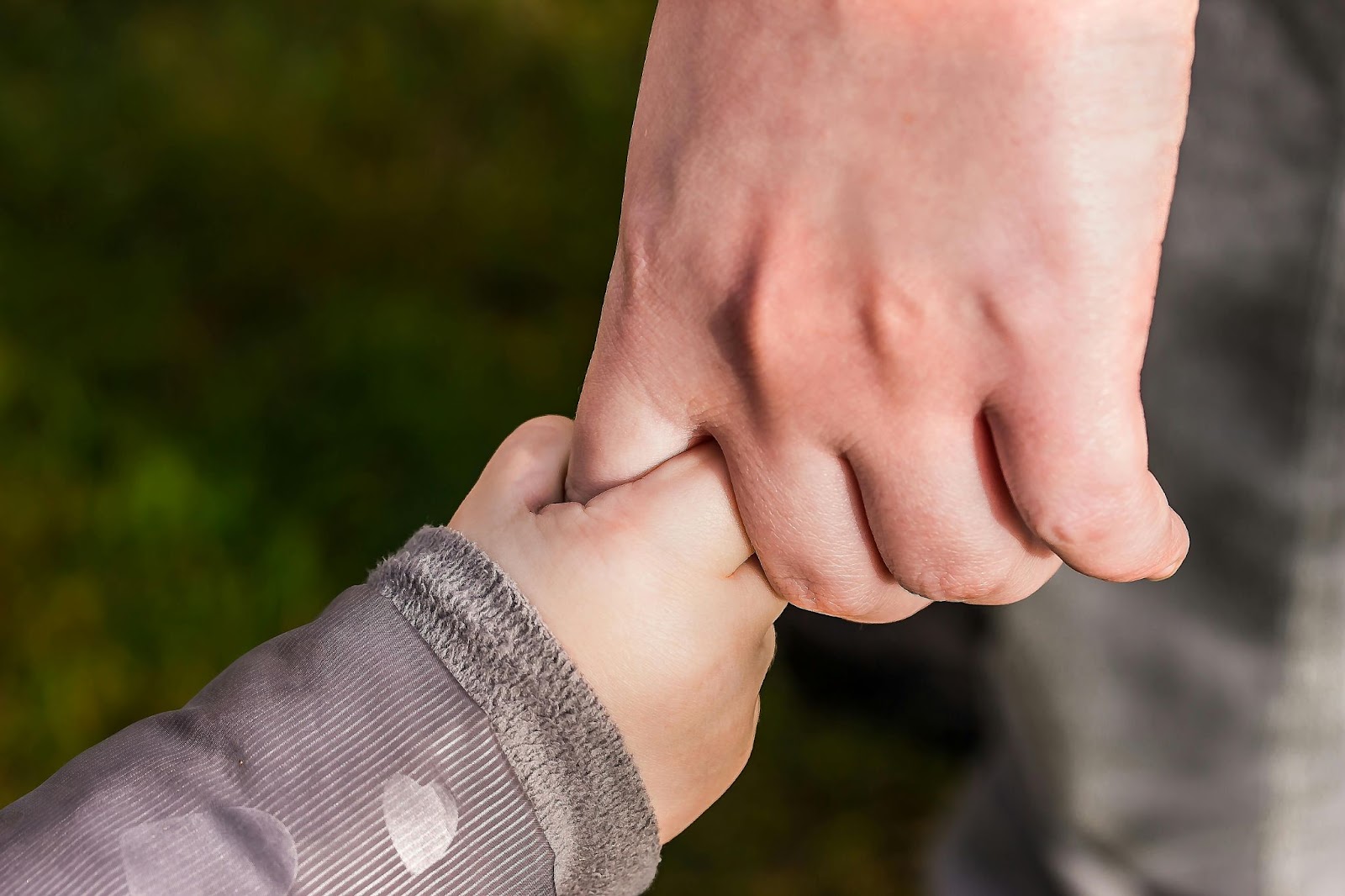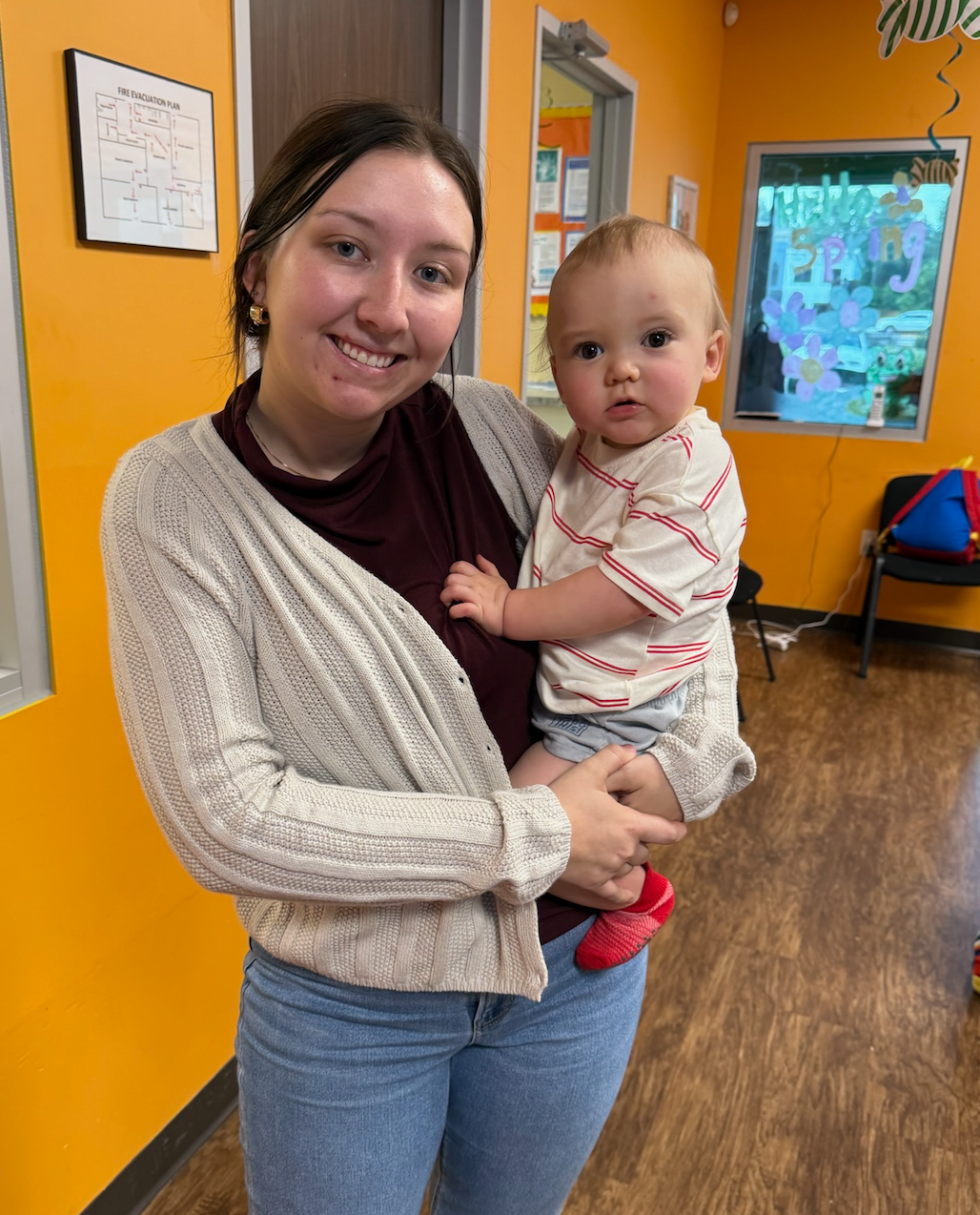Easing the Transition: Helping Your Child Navigate Separation Anxiety at Daycare
Starting daycare is a big milestone. And if we’re being honest, sometimes it can be a little heartbreaking. Whether your baby is just a few months old or your toddler is starting preschool, it’s completely normal to worry about how they’ll adjust. Cue the tears (sometimes from both of you), clingy goodbyes, and that all-too-familiar “Am I doing the right thing?” spiral.
Here’s the good news: separation anxiety is a normal part of child development, and with the right support, it will get easier. At Tiny People University, we walk families through this transition every day with love, patience, and expert care. You’re not alone, and you’re definitely not doing it wrong.
Let’s talk about what separation anxiety looks like, why it happens, and how we can help your child feel confident and secure at daycare.
What is Separation Anxiety in Children?

Separation anxiety typically begins around 6 to 8 months of age and can show up in waves throughout early childhood. It’s that clingy, teary reaction when a trusted caregiver leaves. As hard as it is to witness, it’s actually a sign that your child is developing healthy attachments and learning object permanence (i.e., “If I can’t see you, are you gone forever?”).
Common Signs of Separation Anxiety:
- Crying or tantrums when a caregiver leaves
- Refusing to separate at drop-off
- Physical symptoms like stomachaches or headaches
- Trouble sleeping or napping alone
And yes—it can show up in different ways depending on your child’s age. However it looks, know that it’s all normal and it’s temporary. Want to know more about how this stage appears in babies specifically? This article from the Cleveland Clinic offers a helpful breakdown of separation anxiety in babies, including when it typically begins and how long it lasts.
Why Separation Anxiety Happens at Daycare
New environments, new faces, and new routines can all heighten anxiety, especially on the first day of daycare. And while early childhood education programs bring so many benefits (hello, social development and structure!), it’s a big transition for little ones who are just learning how to regulate their emotions.
At Tiny People University, we gently guide your child through this adjustment with:
- Warm, nurturing teachers who are trained in child development and early childhood mental health
- Age-appropriate routines that build confidence and familiarity
- A low child-to-teacher ratio so your child gets the support they need
In other words: we don’t just “deal” with separation anxiety, we’re prepared for it.
How to Help with Separation Anxiety at Daycare
You can’t prevent separation anxiety, but you can prepare your child to feel safe and supported through it. The goal isn’t to eliminate those hard feelings altogether, it’s to give your child the tools and confidence to work through them.
Here are a few ways to build emotional security and create positive routines that support your child’s mental health and development, whether they’re just starting daycare or working through a rough patch.
Talk About What to Expect
Children thrive on predictability. Talk about daycare in a positive way—what they’ll do, who they’ll see, and when you’ll be back. Even toddlers understand more than we give them credit for!
Instead of, “You’re going to school now, okay?”, try: “You’ll play with friends, eat lunch, take a nap, and then Mommy will pick you up.”
This sets a calm, reassuring tone and gives your child a timeline they can hold onto (that they actually understand).
Name the Feeling
Help your child connect the dots between what they’re feeling and what it’s called. “It’s okay to miss me when we’re apart. That feeling is called ‘missing’ or ‘sad.’ But guess what? It won’t last forever.”
Labeling emotions empowers children to express themselves in healthy ways and reminds them that these feelings are temporary and manageable.
Reassure, Reassure, Reassure
One of the best things you can do? Remind your child (and yourself) that you always come back. Simple phrases like:
- “I always come back.”
- “Your teachers will take good care of you.”
- “It’s okay to be sad. You’ll feel better soon.”
These messages reinforce safety and trust—even when you’re not there in person.
Looking for more specific tips for surviving the first day of daycare? Read our blog on how to help your child adjust to daycare or preschool.
Why Families in Magnolia, TX Trust Tiny People University

We know choosing a daycare is one of the biggest parenting decisions you’ll make. That’s why we’ve created a space where children feel safe, nurtured, and excited to learn—and where parents feel supported every step of the way.
We offer:
- Infant, toddler, and preschool programs designed for whole-child development
- A loving, structured environment with highly trained teachers
- Family-first communication and real partnership
- A community of other Magnolia-area families walking the same road
Want to learn more about why local families choose us again and again? Here’s what sets Tiny People University Childcare Center in Magnolia, TX apart.
Separation Anxiety Support from a Trusted Magnolia Daycare
It’s okay if your child cries at drop-off. It’s okay if you cry at drop-off. Separation anxiety can feel overwhelming, but with patience, support, and the right environment, most children adjust faster than you’d expect.
At Tiny People University, we’re not just any Magnolia daycare, we’re your partners through the tough stuff. Whether it’s your baby’s first time away from home or your preschooler’s big leap into independence, we’re here to make it smoother, easier, and yes, even joyful. Contact us today to schedule a tour and learn more about how we can support your little one’s transition. We’d love to meet your tiny person!
